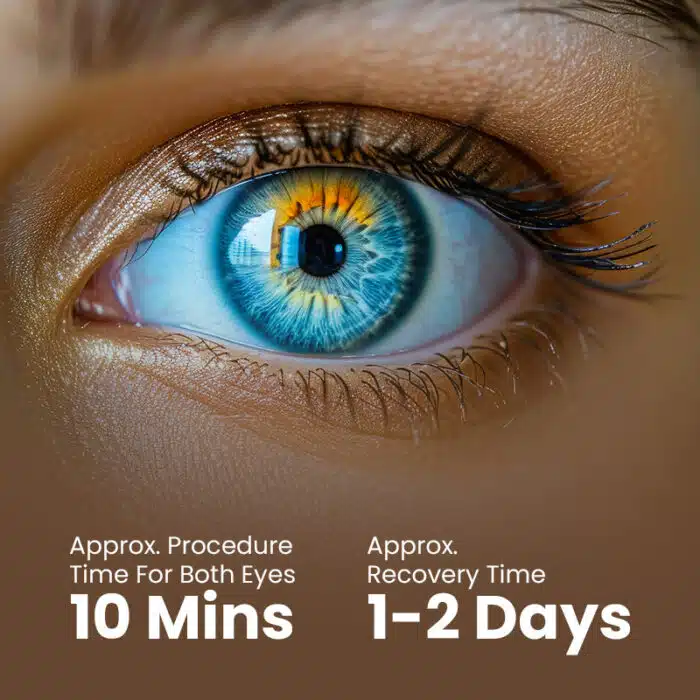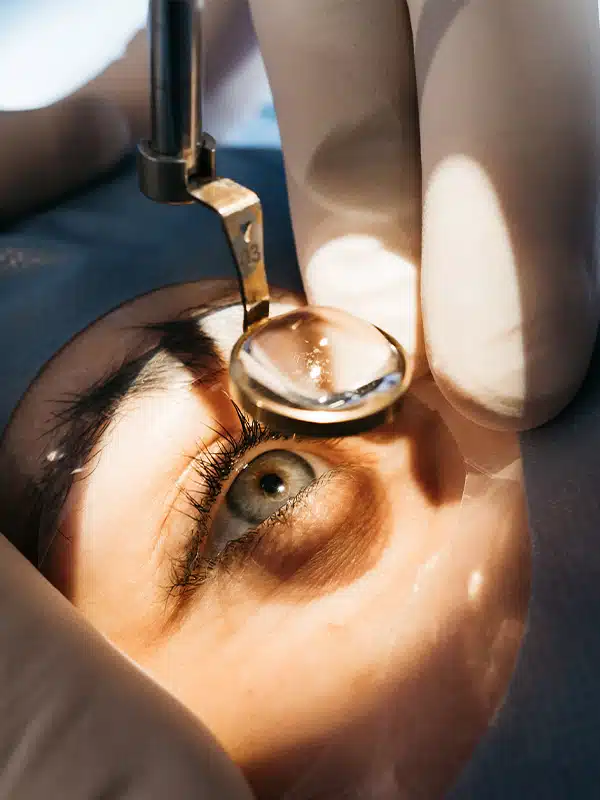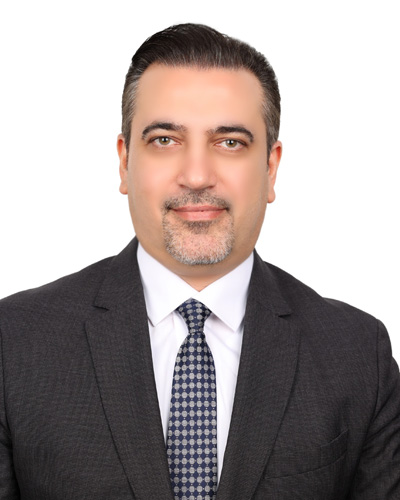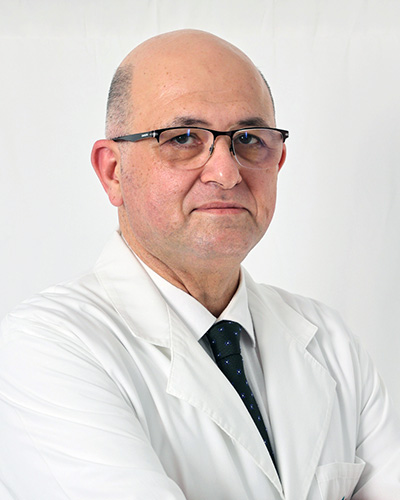Advance LASIK Eye Surgery Hospital In Dubai
Refractive surgery is the term used to describe surgical procedures that correct common vision problems like nearsightedness, farsightedness, astigmatism and presbyopia. This vision correction procedure will reduce your dependence on prescription eyeglasses and contact lenses. LASIK is the most popular refractive laser eye surgery performed in Dubai. Over the past 25 years, surgical techniques, tools, and procedures for vision correction have evolved rapidly.
The ophthalmologists at Quirónsalud use laser techniques like Intralasik, iLasik and PRK/Lasek. Our Lasik eye specialist doctors will make a comprehensive review of your eye conditions before advising on the most appropriate procedure.

Advantages of the LASIK
The operation lasts only about 10 minutes and will be followed by a short rest period in the hospital, after which the patient can go home.
No Touching of the Eye
No Cutting
Comfortable Procedure
Clear Vision, Clear Facts: Everything You Need to Know About LASIK Eye Surgery
1.
2.
3.
4.
Exceptional Lasik Expertise For Your Visions Best.
01. Intra Lasik
IntraLase is a new state of the art laser treatment that prepares the LASIK corneal flap by using a femtosecond laser.
02. Benefits of IntraLase Treatment
The primary benefit is that all suitable prescriptions can now be treated with blade-less technology with rapid recovery along with increased levels of comfort.
03. How is PRK performed?
The surgeon must remove the outer layer of the cornea (called the epithelial layers) mechanically or with the help of alcohol. It is used in cases of thin cornea and is suitable for people who practice contact sports and physical contact.

REVIEWS
LASIK Treatment
Laser vision correction uses a cool non-thermal beam of light that is computer controlled. Many safeguards are in place to reduce the risk of error.
Most surgeons perform a LASIK procedure on both eyes at the same time. It takes longer for clear vision after PRK so many surgeons will wait a week or two between eyes for PRK.
You won’t feel any pain during LASIK or PRK because your surgeon will place anesthetic eye drops in your eye before the procedure. He or she may prescribe pain medication after the procedure if necessary.
To be the right candidate to undergo LASIK surgery, you must be at least 18 years old. You may also require a stable eye prescription for the past 12 months. Pregnant and nursing women cannot undergo the treatment until they come into the normal state. Apart from these, you need to have a comprehensive eye examination to check your corneal thickness and other requirements for successful completion.
The laser treatment takes less than a minute, but the entire procedure takes about 10 minutes.
There are not many side effects, but some people may experience dry eye after LASIK, which can be relieved with eye drops does not last long.
With minimal restrictions for the first few weeks, many LASIK patients are able to resume normal activities the following day. Most of the patients are able to see clearly by the first 24-48 hours after surgery. Your doctor will suggest the activities that you may require to refrain during the first few weeks. Further vision improvement can continue for several months.
Our Ophthalmology Experts
Consultant Pediatric Ophthalmologist, Specialist in Strabismus
MD, PhD, Glaucoma Specialist Surgeon










GET TREATED NOW
PAY LATER WITH

Discover a holistic Health Experience at QurionSalud
Book your appointment today!
Call Us At
+971 4 3422 228
E-mail:
customercare@quironsalud-uae.com
Website:
www.quironsalud.ae





